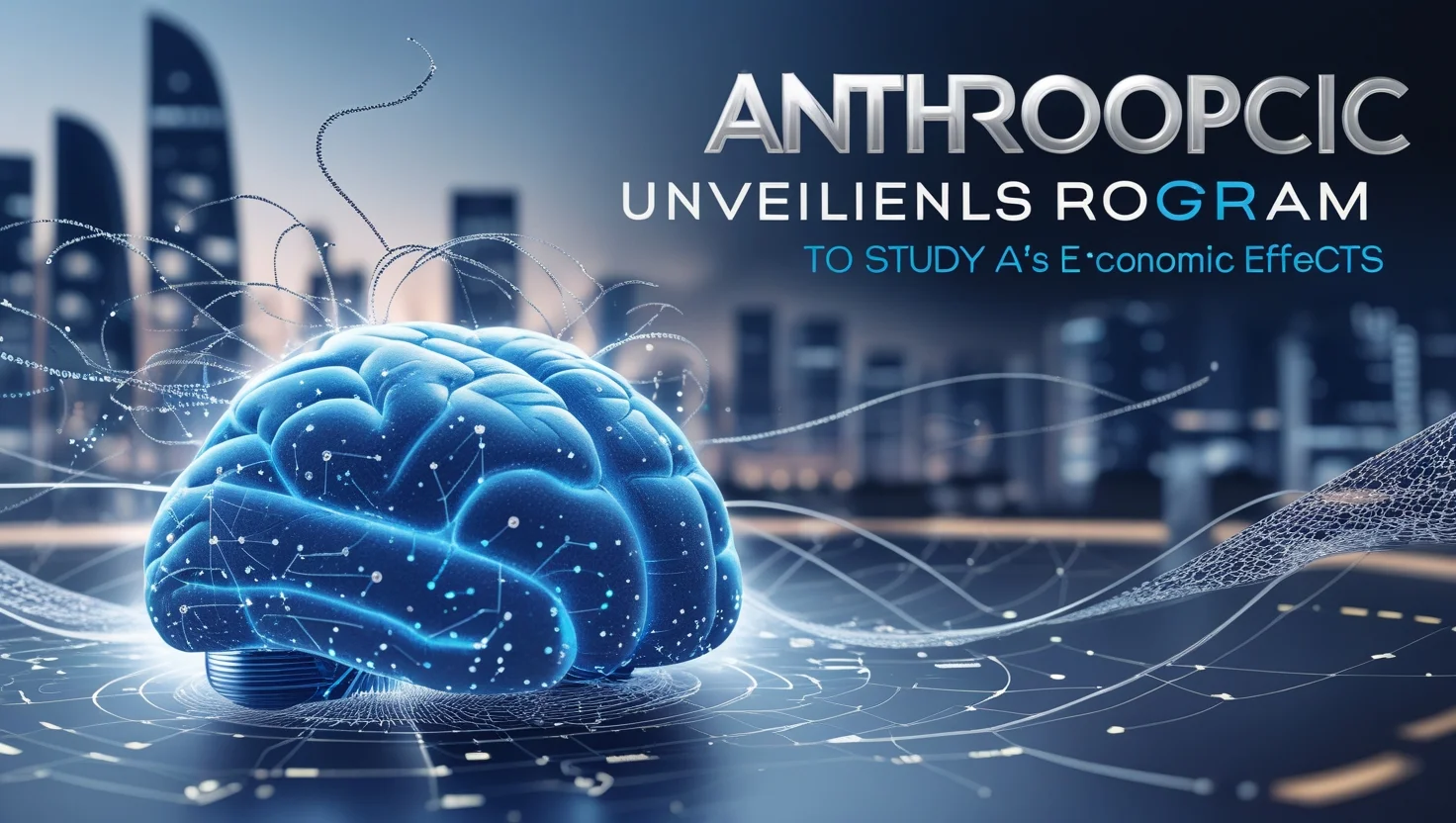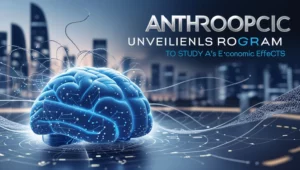Researchers are working to train artificial intelligence to understand when animals are in pain or experiencing emotions. One example is the Intellipig system, being developed by scientists at the University of the West of England Bristol and Scotland’s Rural College. This system analyzes photos of pigs’ faces to detect signs of pain, sickness, or emotional distress, helping farmers monitor animal well-being.
Another team, based at the University of Haifa, is using AI to identify emotional cues in dogs’ faces, building on their previous facial recognition software used to reunite lost dogs with owners. These systems rely on human observation to initially identify the meaning of various animal behaviors, which is based on long-term studies of animals in different situations.
Recently, researchers at the University of São Paulo made a breakthrough by training an AI to detect pain in horses. They used photos of horses’ faces taken before and after surgery and after receiving painkillers, focusing on the horses’ eyes, ears, and mouths.
The AI was able to independently recognize signs of pain with an impressive 88% success rate. This research shows that AI can learn to interpret animal emotions by analyzing facial expressions, which can be crucial for improving animal care, especially for veterinarians and farmers who need to recognize distress signals that might otherwise go unnoticed.
This development suggests that AI could play a key role in understanding animals’ emotional and physical states, opening the door to more humane treatment and better healthcare for animals in various settings.













